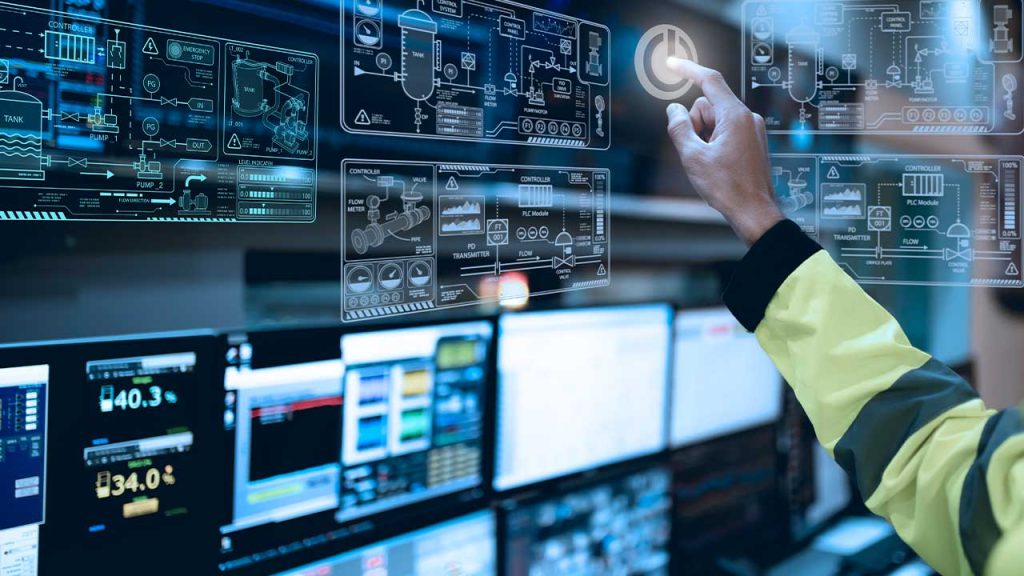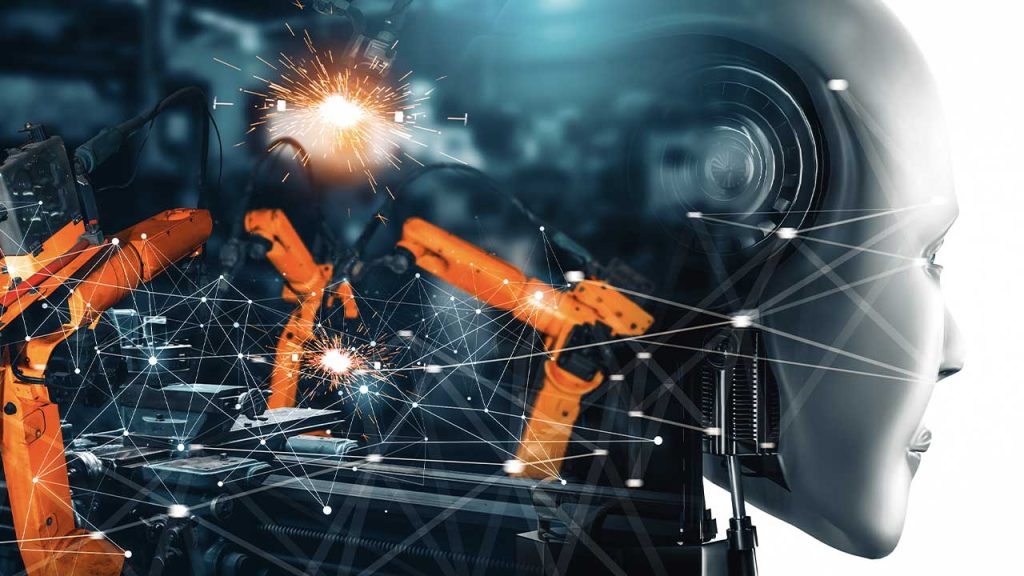How Virtual PLCs Are Changing the Way Factories Operate
Manufacturers are moving control systems off physical hardware and into virtual environments to reduce downtime, lower costs, and respond faster to production needs.
As industrial automation evolves, more manufacturers are looking to virtualization—not just for analytics and dashboards, but for the control systems at the heart of production. A key shift underway is the migration from traditional hardware-based programmable logic controllers (PLCs) to virtualized PLCs running in software environments. This change isn’t futuristic—it’s already happening, and it’s solving real operational pain points.
Why Physical PLCs Are No Longer Enough
In most factories, control logic still lives on physical PLCs scattered across the shop floor. These devices work reliably but bring challenges:
- Updates often require planned downtime
- New product lines need new hardware
- Scaling is limited by physical infrastructure
These limitations don’t align with today’s demand for flexibility and fast adaptation. As Erika Franco of Cisco noted in the IIoT World Manufacturing Day session, “The Current State and Capabilities of Real-Time IIoT Platforms,” virtualizing control systems helps manufacturers meet those demands with far less friction.
How Virtual PLCs Work
Instead of housing logic in dedicated hardware, virtual PLCs run on general-purpose servers or edge devices using containerized environments. This makes it possible to deploy, test, update, or roll back control logic just like any other software system.
With this approach, manufacturers can:
- Manage control systems centrally
- Push updates without halting production
- Simulate system changes before deploying them live
- Quickly scale new lines or facilities without reengineering hardware
Audi’s deployment of virtual PLCs was highlighted as a successful real-world example, reducing reliance on physical infrastructure and improving overall agility.
Cutting Costs Without Compromising Control
Virtualization also creates new cost efficiencies. Companies save on physical equipment, minimize engineering hours spent on manual updates, and reduce the need for redundant hardware during testing or scale-ups. But perhaps more important is the strategic flexibility it introduces: manufacturers can adapt quickly to new customer demands, compliance requirements, or supply chain changes.
The New Role of IIoT Platforms
Virtual PLCs don’t work in isolation—they rely on a well-integrated IIoT platform to connect data streams, monitor performance, and enable visibility across operations. When combined, the two create a real-time feedback loop: as processes change, control logic can adapt in near real-time to support quality and efficiency targets.
This synergy between virtual control systems and IIoT platforms is becoming a foundation for modern, software-defined manufacturing environments.
Getting Started: What Manufacturers Need to Know
For those considering the shift, success depends on a few critical enablers:
- A robust edge computing or industrial cloud infrastructure
- Secure, low-latency connectivity between virtual PLCs and plant equipment
- DevOps-style workflows for version control, testing, and rollback
- Buy-in from controls engineers and IT teams alike
Virtualization doesn’t mean replacing everything overnight, but it does mean starting to design future operations with software-first thinking.
Source: Insights from the session “The Current State and Capabilities of Real-Time IIoT Platforms,” presented during IIoT World Manufacturing & Supply Chain Day 2024
Related articles:

